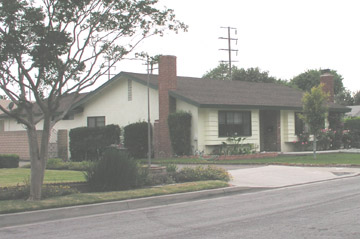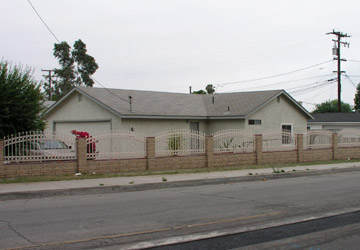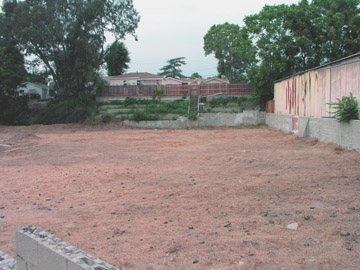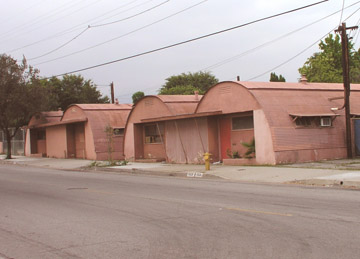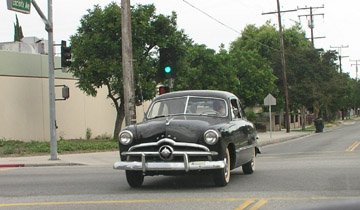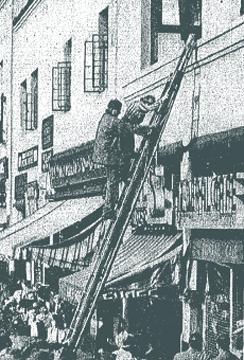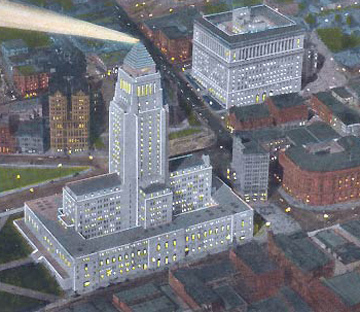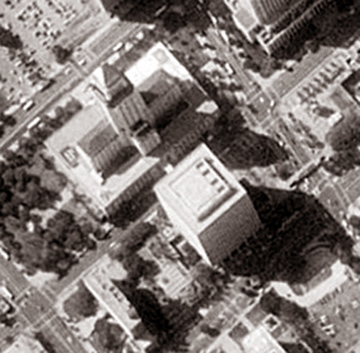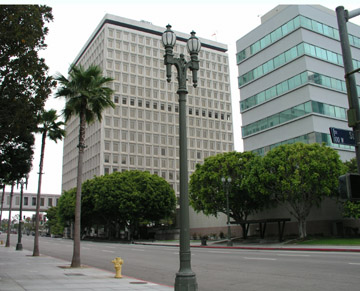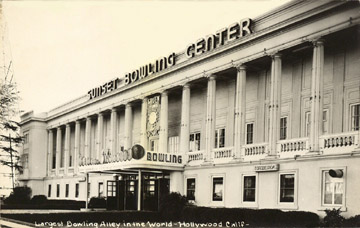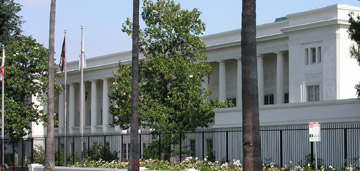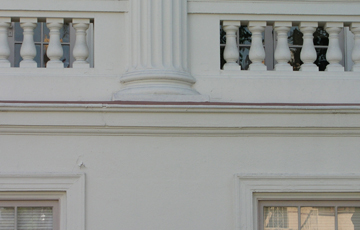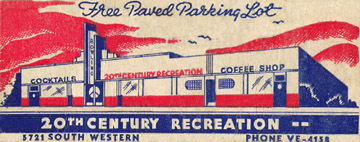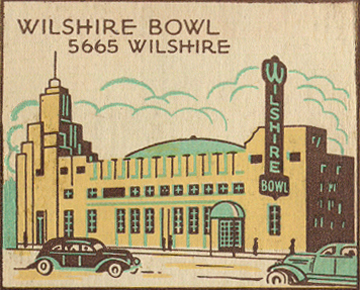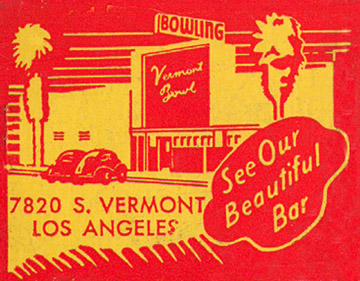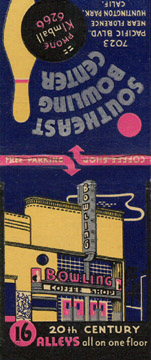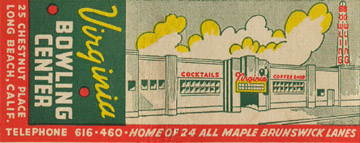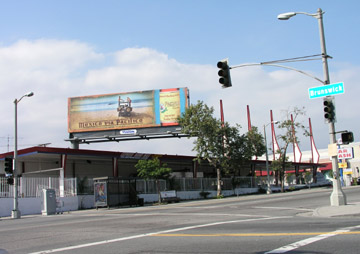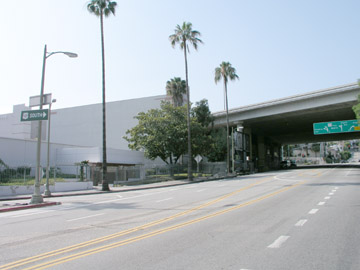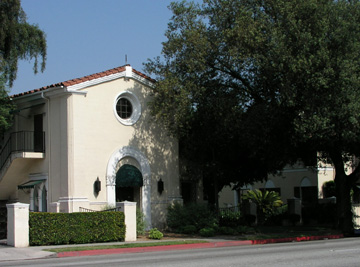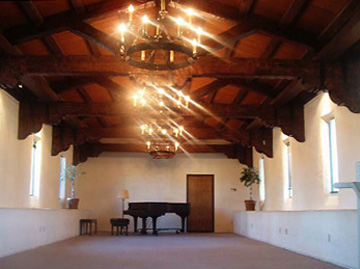June 2, 1947
Los Angeles
Congenital insanity compounded by war jitters is the desperate claim of Erwin M. Walker, 29, confessed slayer of California Highway Patrolman Loren C. Roosevelt on June 5 of last year. Roosevelt was fatally shot when he approached Walker, who was casing a market at Los Feliz Blvd. and Brunswick Ave., and asked for identification; Walker also admitted to wounding Det. Lt. Colin C. Forbes last April 25, when Forbes sought to arrest Walker, a pre-war civilian employee of the Glendale Police Department, on a charge of seeking to unload $40,000 in “hot†motion-picture equipment to Willard Starr, sound engineer of 1347 Fifth Ave. Starr had called police to stake out salesman “Paul C. Norris†when he came by with the goods.
All true, says Erwin, but wait-there are mitigating circumstances. Like dear old grandmama on dad’s side, a mental patient for these last 32 years, her case described by Erwin’s father Weston, a County Flood Control worker residing at 1013 Cordova St., Glendale. Or the half dozen other nuts on the family tree. As for Erwin, so what that three psychiatrists say he’s sane? The family knows otherwise. He’s been hinky ever since coming home from the South Pacific. Mrs. Irene L. Walker, Erwin’s mother, contrasted the affectionate boy she turned over to Uncle Sam with the weird loner who returned.
Erwin himself described his guilt over his best friend’s bayoneting on Leyte Island, an attack he believed might have been averted had he given an order to dig foxholes. His colleagues agreed, and shunned him thereafter.
Erwin was finally arrested December 20 at his apartment at 1831 ½ N. Argyle Ave. after a gun battle with detectives who surprised the sleeping ex-GI as he cradled a sub-machine gun and .45 caliber automatic. They shot him a couple of times. At the hospital, he was found to have old bullet wounds, a souvenir of the April battle with Forbes’ partner, Sgt. S, W. Johnson. These Erwin said he had treated himself.
After returning from service, Erwin refused to return to his dispatcher’s gig at the Glendale P.D., citing the lousy pay scale. Instead, it is alleged, he entered into a career of robbery, safecracking and hold ups, obtaining approximately $70,000 in these fields until the time of his arrest.
In addition to his daffy relatives, the enterprising Erwin is the nephew of former Deputy District Attorney Herbert Walker.
The case inspired an acclaimed noir film starring Richard Basehart.

